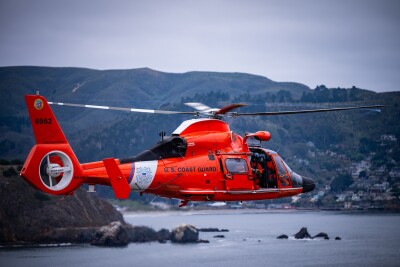The fishing vessel industry fatality rate is 30 times higher than the average of all U.S. industries. To address this, U.S. legislation requires that all new fishing vessels larger than 50 feet must be built to classification rules. DNV GL is the only classification society to develop rules specifically for the U.S. domestic fishing fleet, addressing how fishing vessels are designed, built and maintained for safety.
“The United States is the fifth largest fishing nation in the world, with approximately 110,000 commercial vessels. This means that there are more than 100,000 U.S. fishermen who have their daily work in fishing vessels that often operate in harsh conditions and rough weather. All new vessels built to DNV GL’s class rules will be safer,” said Joar Bengaard who leads DNV GL’s initiative for U.S. fishing vessels from the U.S. HQ in Houston, Texas.
“We have studied the main risks for fishing vessels. They include lack of watertight subdivision and integrity, shifting loads, heavy nets, flooding, fires, icing, equipment failure and structural modifications. These are all addressed in our rules. We also know that time is money for a fishing vessel, so a clear priority has been to make sure the classification process is as effective, yet as unobtrusive as possible,” Bengaard said.
Read the full story at Marine Link>>
Want to read more about Classification? Click here>>






